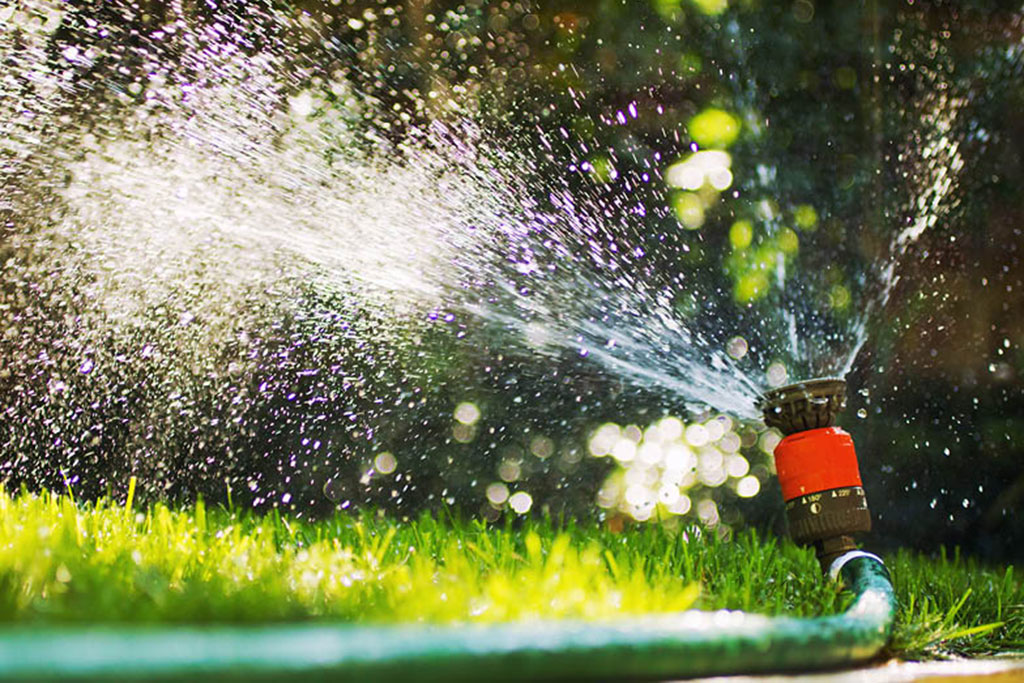A Beginner’s Guide to Lawn Care
A lush and healthy lawn can play a big part in making an outdoor space refreshing and visually appealing, but the task of caring for it can seem overwhelming, especially for newbies.
With a few essential tips, though, you can easily transform your lawn into a verdant paradise.

Understand the significance of soil
A successful lawn starts with healthy soil. Your soil’s pH levels, texture, and organic matter, among other factors, will all impact the health of your grass. To get an idea of its current condition, such as if it’s outside of the recommended pH of 5.5 to 7.5, conduct a soil test through a local lab or via a soil-testing kit like the one from MySoil. You can then use the results to develop a game plan for your soil’s maintenance and determine what fertilizer and soil amendments (organic or inorganic materials that can improve the soil’s physical or chemical properties) it might need in the future.
Pick the right seed
If you have bare patches or need to grow a new lawn, you will likely need to seed it. Make sure you choose high-quality grass seed suitable for your region and climate. Cool-season grasses, including Kentucky bluegrass and tall fescue, are ideal for northern regions, whereas warm-season grasses such as Bermuda grass grow well in southern regions. To seed, prepare the soil by raking it lightly, spread the seeds evenly, and cover it all with a thin layer of topsoil or straw. To promote germination and root growth, keep the soil moist until the grass becomes established, following the watering instructions on your seed packaging.
Consider your lawn’s water needs
Water is essential for all living things, including your lawn. While the amount of water it requires depends on your local climate, type of grass, and season, the general rule is that most lawns need one to one and a half inches of water each week, either from watering or rain. If necessary, water deeply once or twice a week, ensuring the water penetrates at least six inches into the soil. Early-morning watering is ideal because the temperatures are typically cooler and the wind calmer, minimizing evaporation, and it allows the grass to dry before evening, reducing the risk of diseases. You’ll also want to avoid overwatering since this can lead to shallow root development and increased susceptibility to pests and diseases. Just be sure to check your local guidelines regarding watering since it may be prohibited due to restrictions and droughts.

Mow Frequently
Mowing is crucial for maintaining a well-kept lawn, so you’ll need to get in the habit of doing so regularly. This could mean mowing every week or two, depending on how fast your grass grows. Always check that your mower’s cutting height is at a suitable level; you generally want to cut no more than the top third of the grass blades since going too short can weaken the root system and increase the chances of weed growth.
Fertilize to promote growth
To ensure healthy growth and discourage weeds, it’s important to feed your lawn with fertilizer. Choose a slow-release, organic fertilizer that matches your grass type, and follow the recommended application rate. Regular fertilization can help your grass maintain its vigor and color. And when your grass is full and healthy, it can keep weeds from taking over—just be sure to manually pull any that pop up.
With patience, consistency, and proper maintenance, you’ll be rewarded with a beautiful lawn that’s the envy of your neighborhood.


















